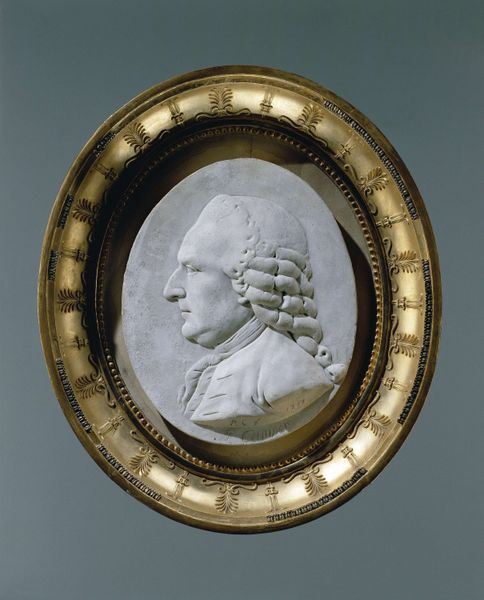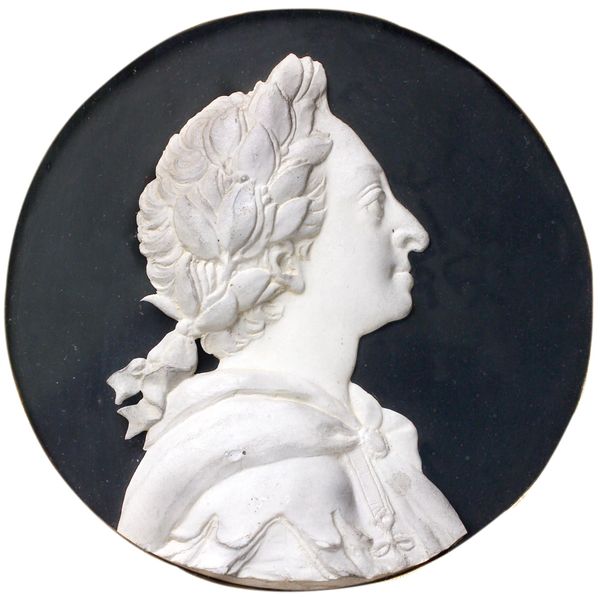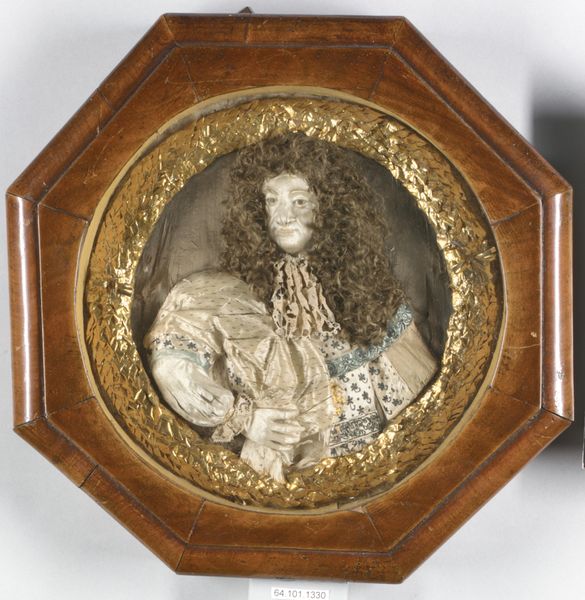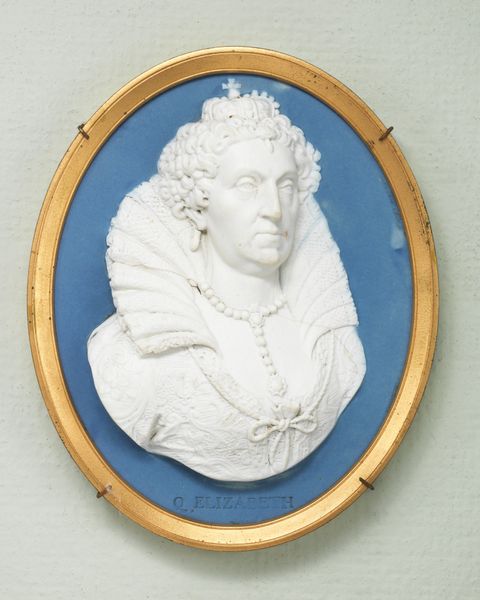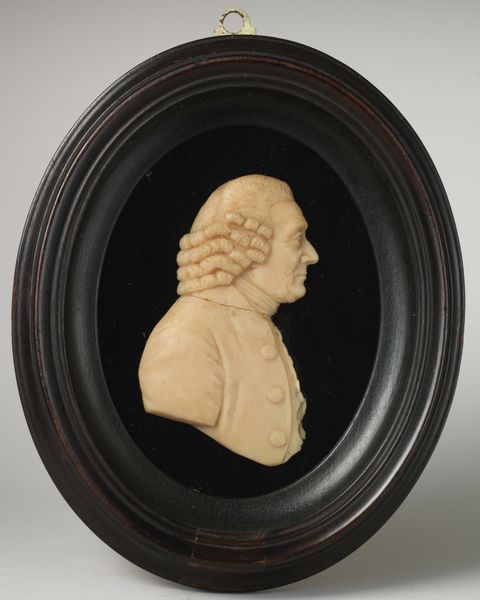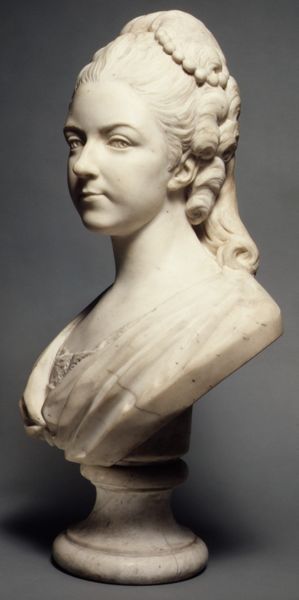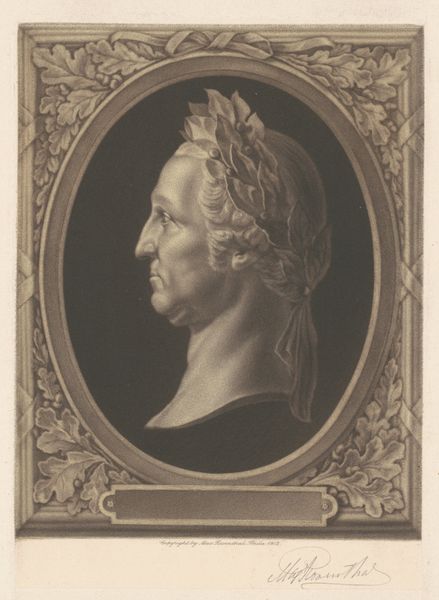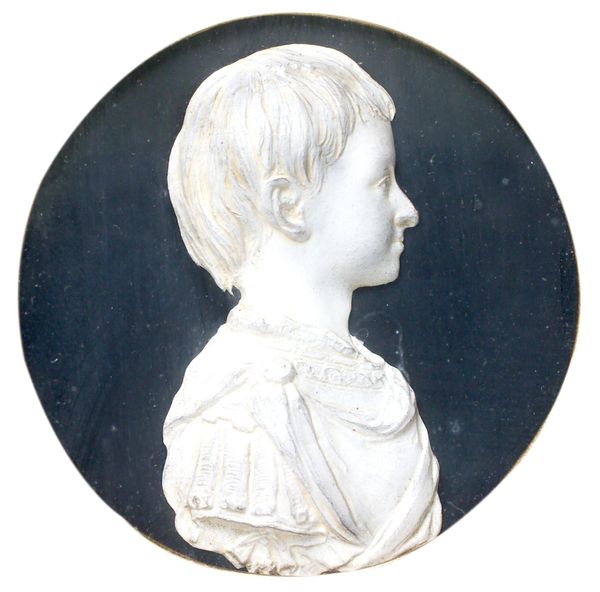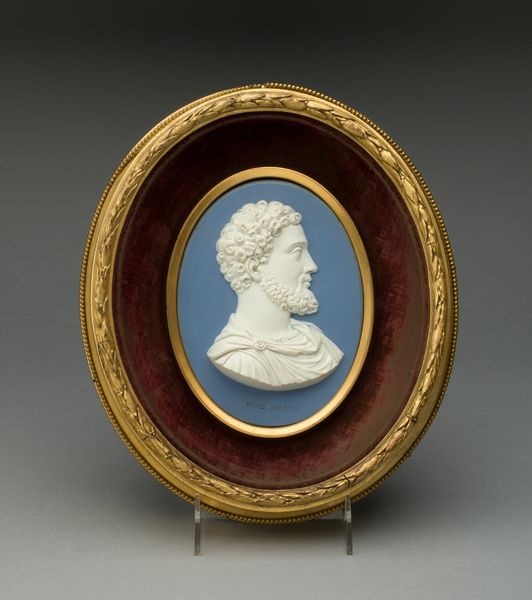
Portrait relief of Louis XIV (1638–1715) 1685 - 1699
0:00
0:00
sculpture, marble
#
portrait
#
baroque
#
classicism
#
sculpture
#
history-painting
#
marble
Dimensions: 26 1/4 x 22 3/8 in. (66.7 x 56.8cm)
Copyright: Public Domain
Editor: So this marble relief, “Portrait relief of Louis XIV (1638–1715),” dating roughly between 1685 and 1699 and crafted by François Girardon… it really speaks to the power of the monarchy. I am curious though, what details do you find particularly interesting when looking at it? Curator: What strikes me is the explicit labour and material cost. Look at the marble: where was it quarried? Who were the labourers involved in extracting, transporting, and initially carving it? Marble wasn't just lying around in Versailles! Then consider the cost of training and maintaining the sculptor, Girardon. The elaborate wig, the armour – each element is a product of highly specialized labour and material. It signifies consumption on a massive scale. Editor: Right! It is easy to get lost in the details of his wig without considering who actually *made* it and the armour. So it wasn't just Girardon's artistic skill at play but an entire network of craftspeople involved in presenting this image of royal authority. Curator: Exactly! How does this emphasis on materials and labor affect your understanding of the artwork’s purpose, beyond simply representing the king? The scale of the consumption also signals an exercise of power over resources and a massive workforce, which in turn produces the grand illusion of the Sun King's authority. Editor: I guess I see it more clearly now, it really drives home the point that displays of wealth are deeply tied to material realities and labour conditions of the time, things I probably took for granted upon first looking at this sculpture. Curator: And isn’t it fascinating how something seemingly as straightforward as a portrait can reveal so much about the social and economic structures underpinning it?
Comments
No comments
Be the first to comment and join the conversation on the ultimate creative platform.

